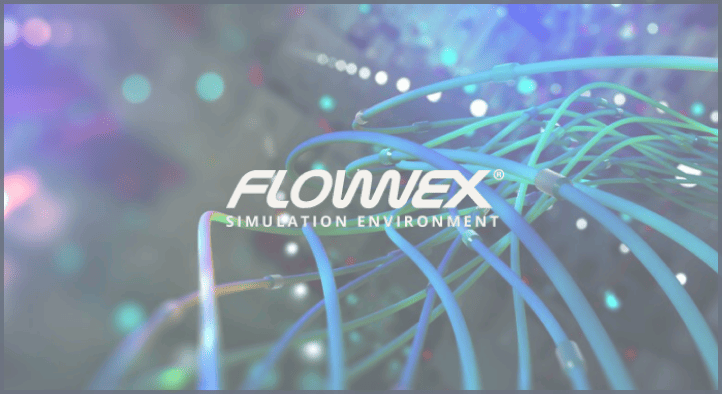Published on:
May 3rd, 2022
With:
Eric Miller & Tom Chadwick
Description:
In this episode your host and Co-Founder of PADT, Eric Miller is joined by PADT's Senior CFD Engineer T...
Join our 1,770 subscribers
04/20/2023
More Info



Most of our customers receive their support over the phone or via email. Customers who are close by can also set up a face-to-face appointment with one of our engineers.
For most locations, simply contact us: